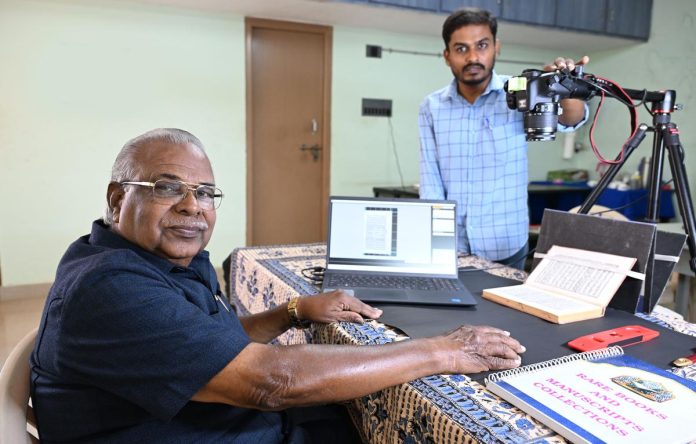Long before English became dominant in South Asia, Arabic, Persian, and Urdu played a crucial role in shaping linguistic traditions. Trade and religious interactions with Arabs led to the emergence of hybrid languages like Lisan ul-Arwi (Arabi-Tamil) and Arabi-Malayalam, which thrived in Tamil Nadu and Kerala until the 19th century.
These languages, blending Arabic script with regional vernaculars, were widely used in literature, daily communication, and religious discourse. Similar linguistic influences can be seen in Sindhi, Gujarati, Arabu-Telugu, and Arabu-Bengali. However, modernization and language standardization led to their decline.
A U.K.-led digitization project is now reviving these lost manuscripts, shedding light on the multicultural linguistic heritage of South India. The initiative aims to preserve historical texts and rekindle interest in these forgotten languages, highlighting their significance in India’s diverse linguistic landscape.




